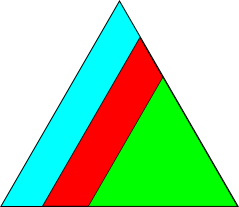API reference#
Release:
Date: Apr 25, 2024
This reference manual describes the public functions, modules, and objects in orix. Many of the descriptions include brief examples. For learning how to use orix, see the Examples or Tutorials.
Caution
orix is in continuous development, meaning that some breaking changes and changes to this reference are likely with each release.
orix is organized in modules. This is the recommended way to import functionality from the below list of modules:
>>> from orix.quaternion import Orientation, symmetry
>>> O = Orientation.from_axes_angles([1, 1, 1], np.pi / 2, symmetry.Oh)
>>> O
Orientation (1,) m-3m
[[0.7071 0.4082 0.4082 0.4082]]
Note that numpy and matplotlib.pyplot are available as np and plt
in docstring examples, although they are not imported in order to reduce the number of
code lines.
Modules
Test data. |
|
Tools for handling a crystallographic map of orientations, crystal phases and key properties associated with every spatial coordinate in a 1D or 2D. |
|
Read and write crystal maps from and to file. |
|
Tools for quantification of orientation and vector data. |
|
Extensions of Matplotlib's projections framework for plotting |
|
Projections of |
|
Four-dimensional objects. |
|
Generation of grids on S2 (vectors) or SO(3) (rotations). |
|
Three-dimensional quantities. |
